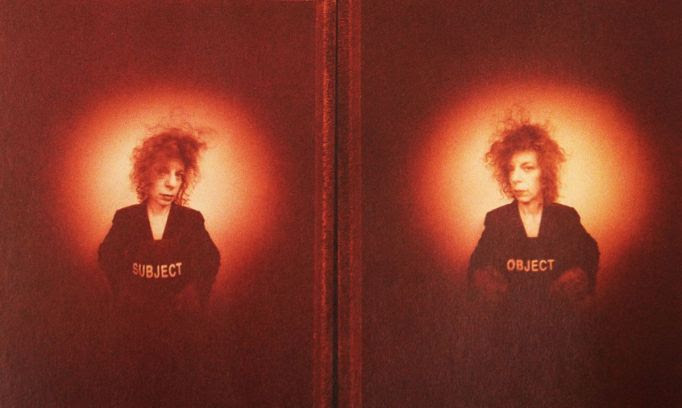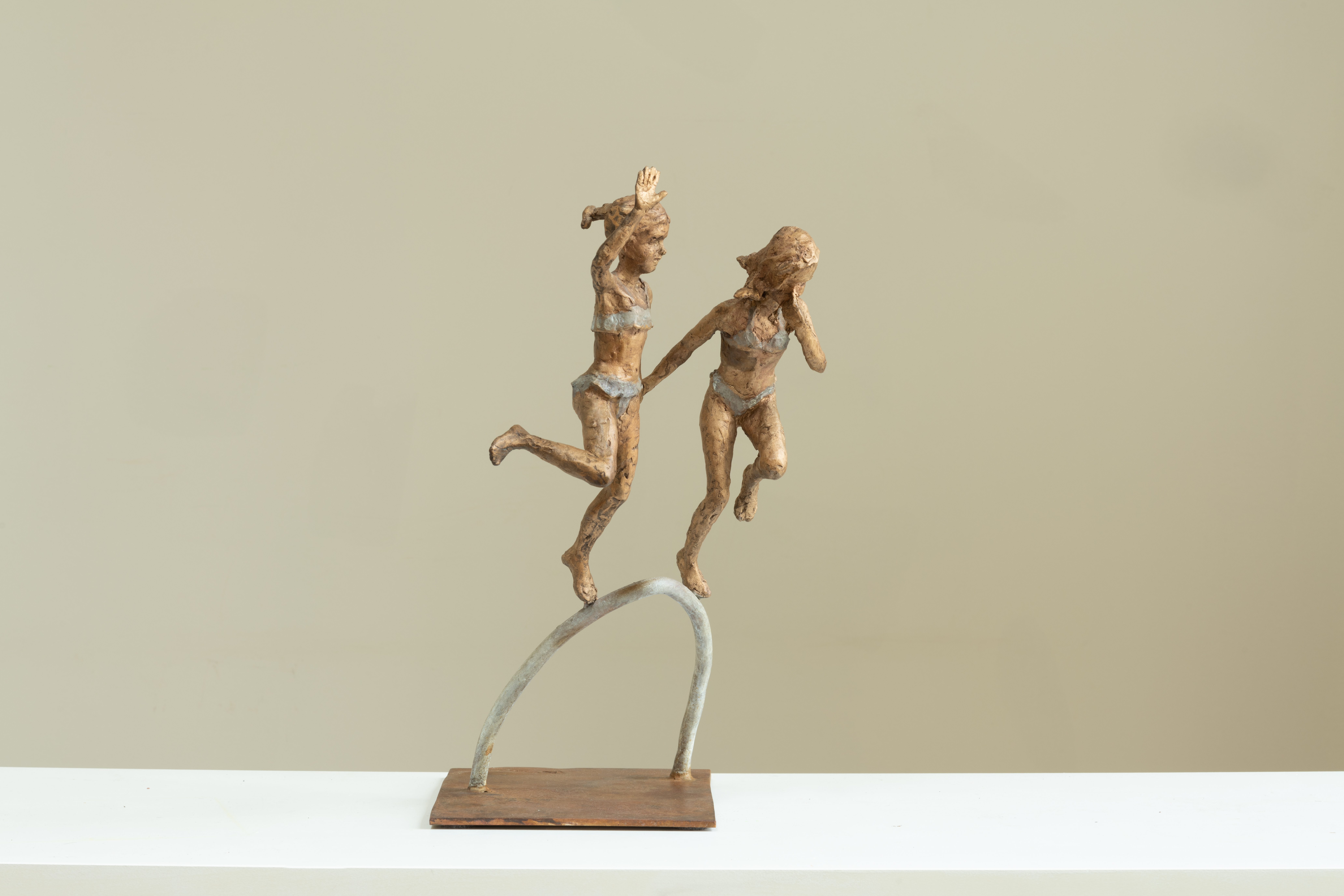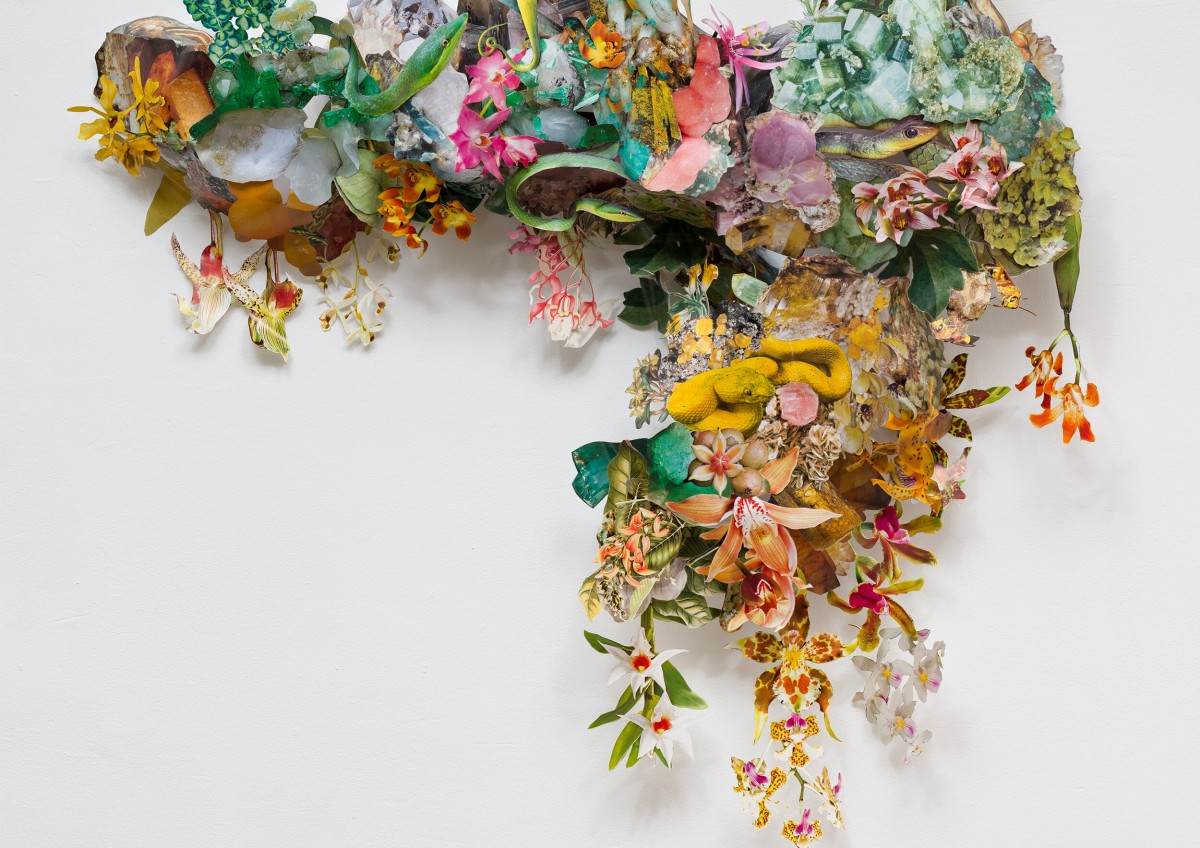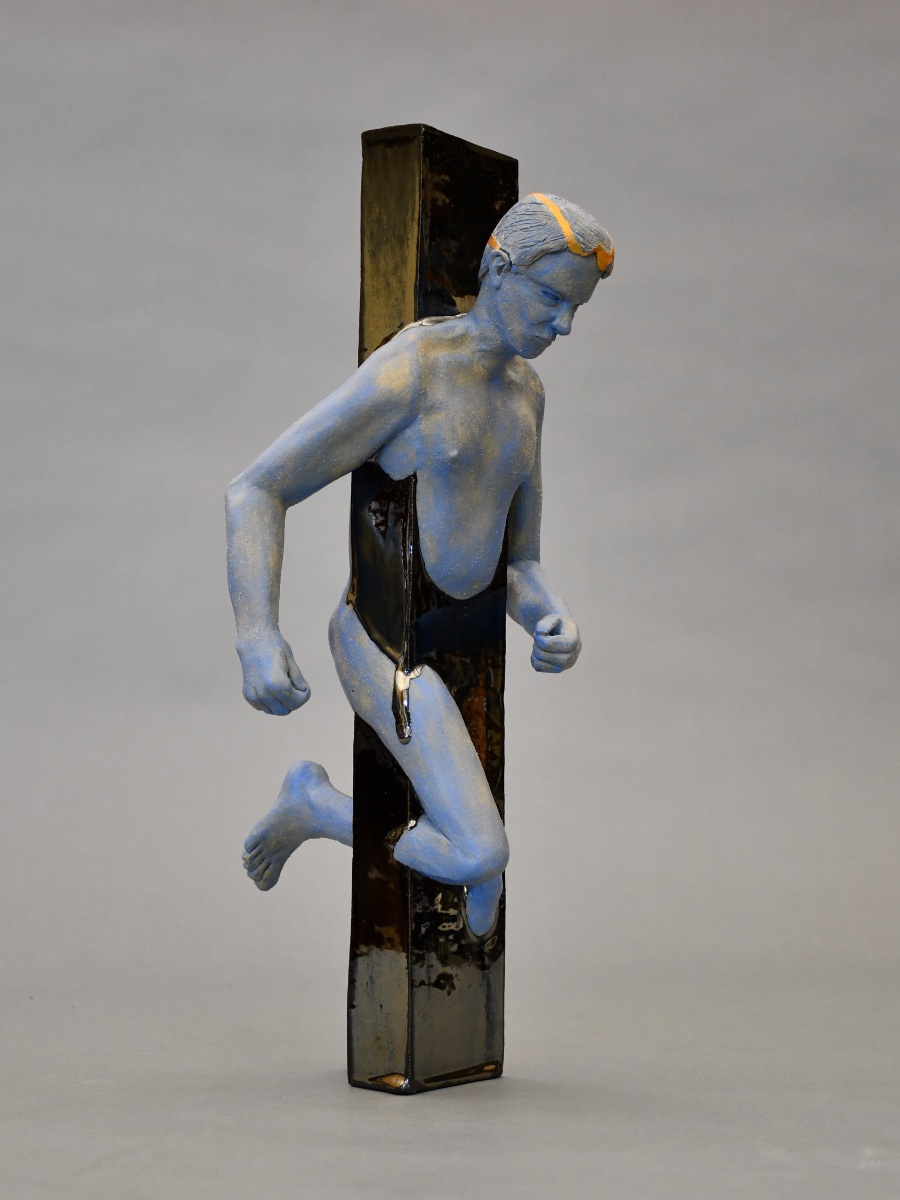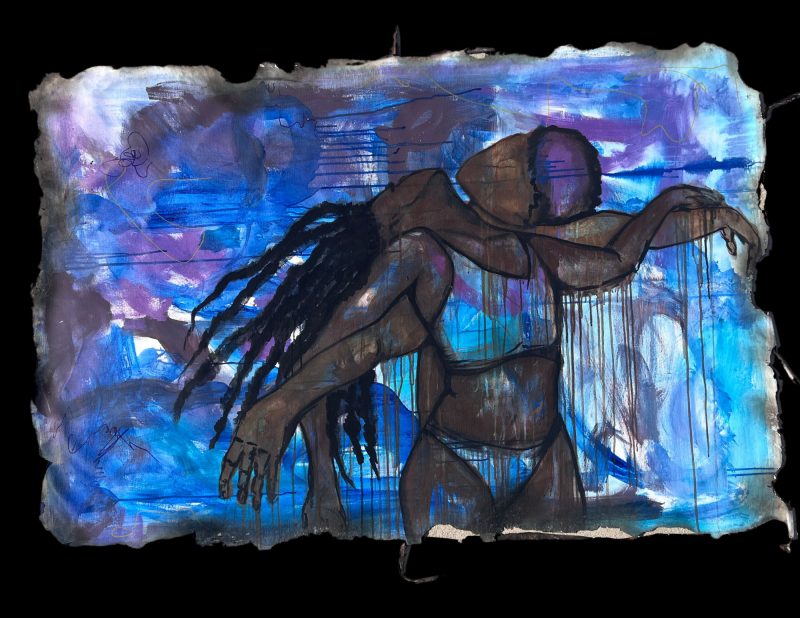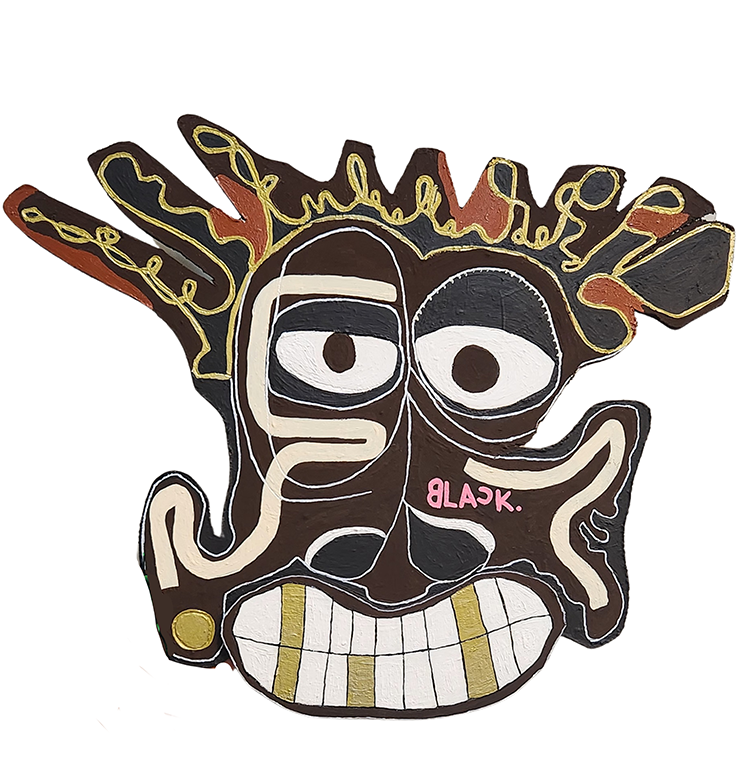Artist, musician, and educator Barbara Ess has died at age 72. Known for capturing everyday life in her art, Ess was a pioneer in the fields of experimental photography and film and a longtime professor of photography at Bard College in upstate New York.
“Ess was a radical force and approached her life and work with enormous spirit, fearlessness, humor, and intellect,” Ess’ gallery Magenta Plains read. Ess once said that the aim of her work was to “transform the ordinary into the symbolic and reveal meaning in the apparently mundane.”
Born in Brooklyn in 1948, Ess studied philosophy and English literature at the University of Michigan. After graduating in 1969, she worked as an editor at the political magazine War Peace Reporting. In 1971, she enrolled at the London School of Film Technique. She did not complete a degree but instead chose to join the Film Co-op in London to work as an artist.
She later moved to New York and became deeply involved with the city’s music scene, performing with No Wave groups including the Static, Daily Life, the Glenn Branca Ensemble, and Y Pants. She also founded and edited the mixed-media publication Just Another Asshole, a submission-based platform known for its multifarious offerings and iterations.
Ess’ photography is known for the use of a pinhole camera she fabricated in 1983. Creating an ethereal effect, her images often featured spectral figures and disorienting landscapes that aren’t easily recognizable at first glance. She exhibited the images she made with that camera at several New York spaces throughout the 1980s, including Franklin Furnace, Cable Gallery, the Kitchen, A.I.R. Gallery, Printed Matter, White Columns, and Artists Space. She also showed in the 1987 exhibition “Non in Codice” at the Galleria Pieroni in Rome, which also included pieces by artists Dara Birnbaum, Dan Graham, and Rodney Graham.
Additionally, Ess’ work appeared on the cover of Artforum in 1990. The Queens Museum in New York organized a traveling survey of her work in 1993, titled “Barbara Ess: Photography, Installation and Books,” and she began regularly showing with the New York dealer Curt Marcus beginning in 1997. Her work also began to look more intensely at issues of illness and aging. She told the Los Angeles Times in a 1991 interview, “We all have to deal with the fact that although we experience life largely through our souls, the world judges us in terms of our bodies.” She released her acclaimed photography book I Am Not This Body in 2001, a compilation of major works by the artist, and all the while she continued creating music.
Throughout her career, Ess had retrospectives at the Queens Museum, the Center for Fine Arts in Miami, and the High Museum of Art in Atlanta. Her work is in the collections of the Whitney Museum in New York, the Art Institute of Chicago, the Pompidou Center in Paris, the San Francisco Museum of Modern Art, and other institutions.
The artist’s latest works took up existential questions and mysteries as well as notions of distance and separation. “You don’t have to look to the sky or go to a psychic—our daily life holds all the answers,” Ess once said. “But it’s hard to recognize them—at least I have a hard time sorting it all out. I wish I knew what I was supposed to be doing having a life on earth.”
Magenta Plains said in the announcement of Ess’s death, “Her artistic impact is greatly felt, and she leaves behind a formidable legacy through her work and her students. The profound loss of Ess creates a huge void, however there is much to learn from her vulnerability and directness, her dedication and her vision.”

